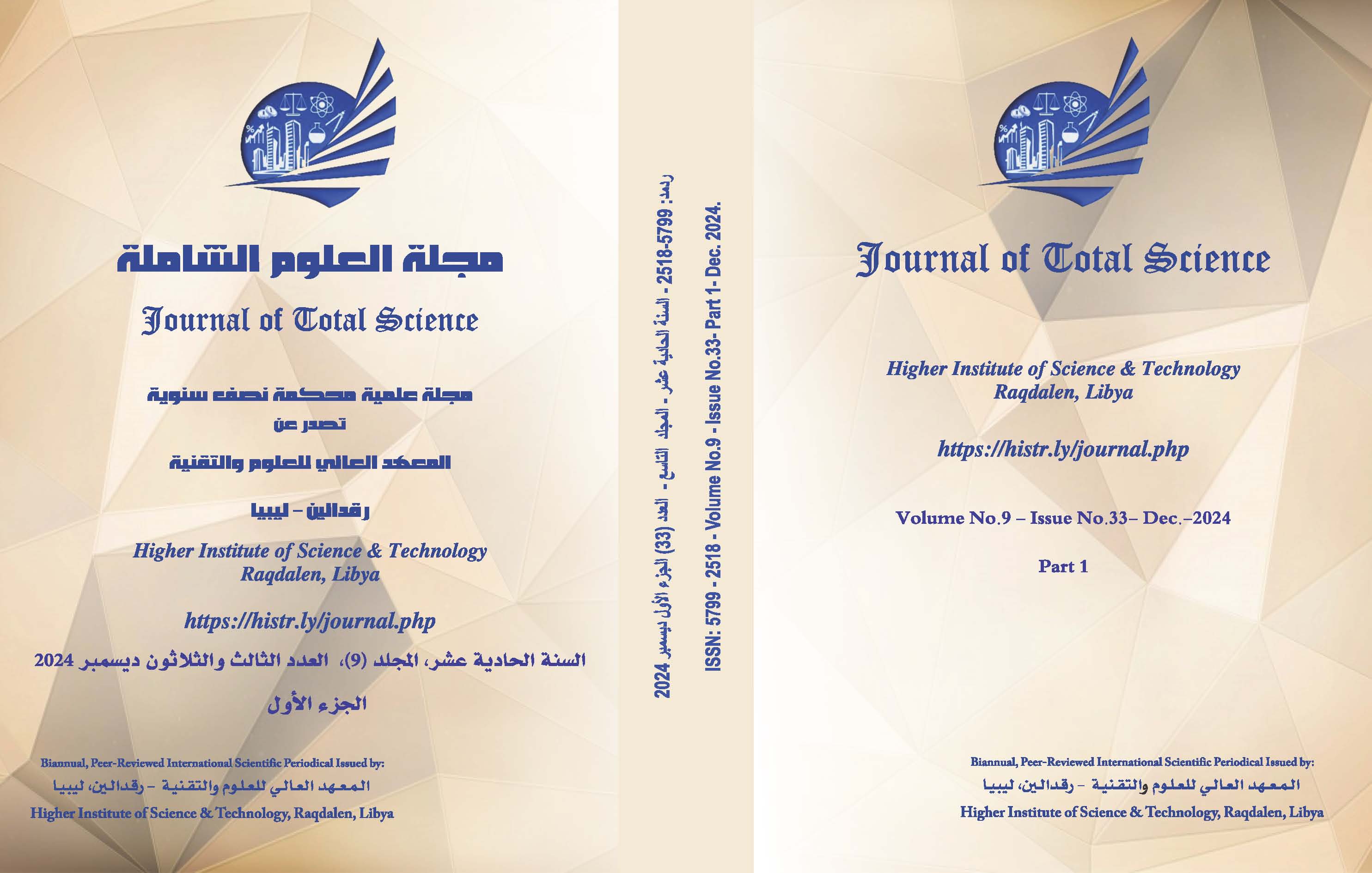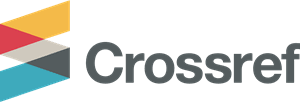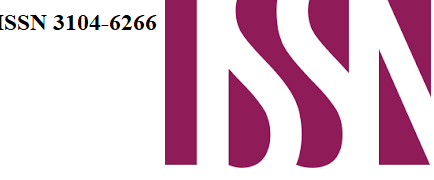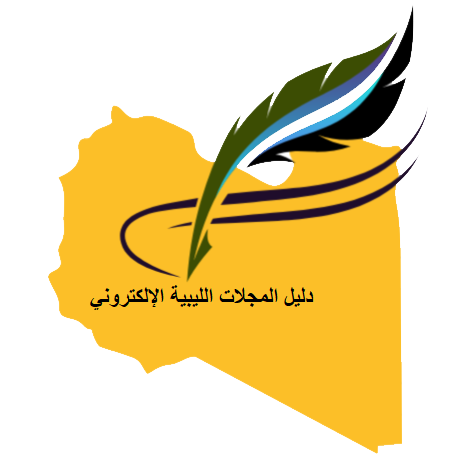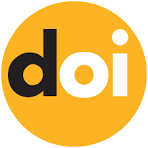Integrating Technology and Social Media to Foster Language Learner Autonomy: Students’Perception
الملخص
The incorporation of technology and social networking sites (SNSs) is steadily gaining popularity among EFL students, due to the capacity to provide learners with opportunities to create profiles, interact in authentic ways with their peers, and forge relationships (Thorne, 2010). Thus, university students utilise diverse social media platforms and approaches which enhance and strengthen their learningthrough reflection and collaborative activities in virtual environments (Armstrong & Franklin, 2008). In fact, such SNSs can increase students’ motivation, and promote the management of autonomous learning (Ushioda, 2006; Thorne, 2003; Ware, 2005).As language teachers play a pivotal role in improving learner autonomy andadvancing learner responsibility for personal language learning, they must adopt the role of facilitator and create a suitable environment that helps learners to be responsible for their learning, rather than being mere authority figures.
Social media have various positive benefits for students’ learning (Hwang, Kessler, & Francesco, 2004). In addition to ease of access, social media platforms foster improvements in student communications and language skills via multiple forms of interactive media which facilitate user interaction through the Internet.
As SNSs users increasingly availed of the advances and facilities that social media provide, the present study aims to evaluate learners’ readiness and self-governance, and the extent to which social media tools promote learners’ English language autonomy. In order to do so, a survey of 30 SubratahUniversity in Libya participants was conducted to identify current student perceptions of learner autonomy and technology in language learning. The findings confirmed that Libyan university students place a high value on the significance of social media as a means to improve their English language skills and demonstrated a pronounced trend towards autonomous learning to learn English outside the classroom.
التنزيلات
المراجع
Alibakhshi, G. Keikha, A. and Nezakatgoo, B. (2015) On the Feasibility and Desirability ofAppliedLinguistics& English Literature, 4(6), 141-147.
Ankan, A. B., A. 2011. Learner autonomy online: Stories from a blogging experiences. In D. Gardner (Ed.), Fostering autonomy in language learning Gaziantep: Zirve University, 240- 251.
Armstrong, J., & Franklin, T. 2008. A review of current and developing international practice in the use of social networking (Web 2.0) in higher education
Barnes, N. G., & Lescault, A. 2011. The 2011 inc. 500 social media update: Blogging declines as newer tools rule. Center for Marketing Research Charlton College of Business: University of Massachusetts Dartmouth.
Benson, J. & Reyman, J. 2009.Learning to write publicly: Promises and pitfalls of using weblogs in the composition classroom.Retrieved on, 25.
Benson, J. & Reyman, J. 2009.Learning to write publicly: Promises and pitfalls of using weblogs in the composition classroom.Retrieved on, 25.
Benson, P. 2001. Teaching and Researching Autonomy in Language Learning.London: Longman.
Borg, S., & Al Busaidi, S. (2012). Learner autonomy: English language teachers’ beliefs and practices. ELT Research Paper. London.
Boudouaia, A. et al (2022) Learner Autonomy: Algerian EFL Teachers’ Beliefs. Education Research International, 1(2), 1-13.
Boyd, d. m., & Ellison, N. B. 2007. Social network sites: Definition, history, and scholarship. Journal of Computer-Mediated Communication, 13(1), 210–230.
BROWN, M. R. 2007. Educating all students: Creating culturally responsive teachers, classrooms, and schools.Intervention in school and clinic, 43, 57-62.
Carter, B. A. 2001. From awareness to counselling in learner autonomy.AilA Review, 15, 26-33.
Crabbe, D. 1993. Fostering autonomy from within the classroom: the teacher's responsibility.System, 21, 443-452.
Dang, T. T. R., M. 2010.Impacts of learning management system on learner autonomy in EFL learning.International Education Studies, 3(3), 3-11.
Dickinson, L. 1995. "Autonomy and motivation: a literature review", in system. 23 (2), 165-174.
Dickinson, L. 1995. "Autonomy and motivation: a literature review", in system. 23 (2), 165-174.
Ellis, G., & Sinclair, B. 1989.Learning to learn English. Cambridge: Cambridge University Press.
Ellis, G., & Sinclair, B. 1989.Learning to learn English. Cambridge: Cambridge University Press.
Ellis, G., & Sinclair, B. 1989.Learning to learn English. Cambridge: Cambridge University Press.
Gremmo, M., & Riley, P. 1995. "Autonomy, self-direction and self-access in language teaching and learning: the history of an idea".in system, 23 ( 2), 151-164.
Hammond, M. & Collins, R. 1991.Self-Directed Learning: Critical Practice, ERIC
Ho, J. & Crookall, D. 1995. Breaking with Chinese cultural traditions: Learner autonomy in English language teaching.System, 23, 235-243.
Holec, H. 1981. Autonomy in Foreign Language Learning.Oxford: Pergamon Press.
Hozayen, G. 2011. Egyptian students’ readiness for autonomous language learning.Edited by David Gardner.
Hwang, A., Kessler, E. H. & Francesco, A. M. 2004. Student networking behaviour, culture, and grade performance: an empirical study and pedagogical recommendations. Academy of Management Learning & Education, 3, 139-150.
Jiménez Raya, M. & Vieira, F. (2008). Teacher development for learner autonomy: images and issues from five projects. In M. Jiménez Raya and T. Lamb (eds), Pedagogy for Autonomy in Language Education: Theory, practice and teacher education. Dublin: Authentik.
Joosten, T. 2012. Social media for educators: Strategies and best practices. Hoboken,NJ, USA: Jossey-Bass.
Kumaravadivelu, B. 2003.Beyond methods: Macrostrategies for language teaching, Yale University Press.
Learner Autonomy from Iranian EFL Teachers’ Perspectives.International Journal of
Little, D. 1991. Learner autonomy 1: Definitions, issues and problems. Dublin: Authentik.
Littlewood, W. 1997. Self- access: why do we want it and what can it do? In P. Benson & P. Voller (Eds.), Autonomy and independence in language learning. New York: Longman. New York: Longman, 79-92.
McEwan, B. 2012.Managing boundaries in the web 2.0 classroom.New Directions for Teaching and Learning 2012, 131, 15–28.
Nunan, D. & Carter, R. 2001.The Cambridge guide to teaching English to speakers of other languages, Ernst Klett Sprachen.
Nunan, D. 1997. Designing and adapting materials to encourage learner autonomy. In P.
O’Reilly, T. 2005. Web 2.0: Compact definition–O’Reilly Radar: Np. Orawiwatnakul, W. and Wichadee, S. (2017), “An investigation of undergraduate students' beliefs about autonomous language learning”, International Journal of Instruction, Vol. 10 No. 1.
Richards, J. (2015). The changing face of language learning: Learning beyond the classroom. RELC Journal, 46(1):5–22.
Richards, J. C. 2014. Foreword.In J. D. D. M. Agudo, (Ed.).English as a foreign language teacher education: Current perspectives and challenges. Amsterdam: Rodopi. , pp. 1-3.
Saeed, M. (2021) Learner Autonomy: Learners’ Perceptions on Strategies to Achieve Autonomy in an EFL Classroom, International Journal of Linguistics, Literature and Translation. 4(3), 150-158.
Scharle, A &Szabo, A. 2000. Learner autonomy: A guide to developing learner responsibility. Cambridge: Cambridge University Press.
Sinclair, B. 2000. Learner autonomy: The next phase. In B. Sinclair, I. McGrath,& T. Lamb (Eds.), Learner autonomy, teacher autonomy: Future directions Essex: Pearson Education Ltd, 4-14.
Smith, R. C. 2003. Teacher education for teacher-learner autonomy. Symposium for Language Teacher Educators: Papers from Three IALS Symposia (CD-ROM). Edinburgh: IALS, University of Edinburgh. Retrieved from: http://www.Warwick. ac. uk/~ elsdr/Teacher autonomy.
Thavenius, C. 1999. Teacher autonomy for learner autonomy. In: S. Cotterall & D. Crabbe (Eds.). Learner Autonomy in Language Learning: Defining the Field and Effecting Change Frankfurt am Main: Peter Lang, 159-163.
Thorne, R. M. 2010. Radiation belt dynamics: The importance of wave‐particle interactions. Geophysical Research Letters, 37.
Thorne, S. L. 2003. Artifacts and cultures-of-use in intercultural communication. Language Learning & Technology.
Ushioda, E. 2006. Language motivation in a reconfigured Europe: Access, identity, autonomy. Journal of Multilingual and Multicultural Development, 27, 148-161.
Ware, P. D. & Kramsch, C. 2005. Toward an intercultural stance: Teaching German and English through telecollaboration. The Modern Language Journal, 89, 190-205.
Warschauer, M. & Healey, D. 1998. Computers and language learning: An overview. Language teaching, 31, 57-71.
التنزيلات
منشور
إصدار
القسم
الرخصة

هذا العمل مرخص بموجب Creative Commons Attribution-NonCommercial-ShareAlike 4.0 International License.

